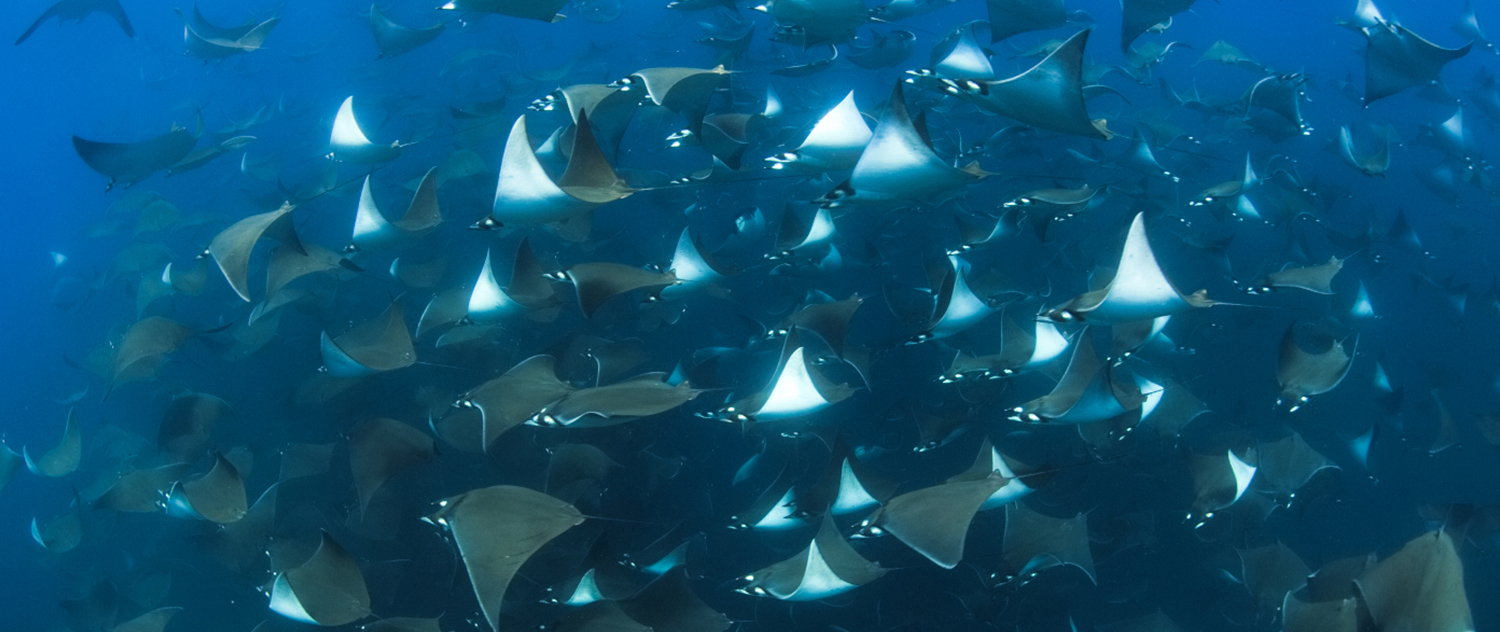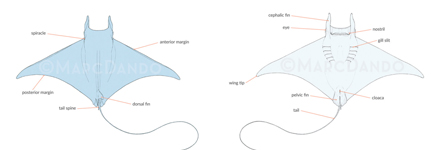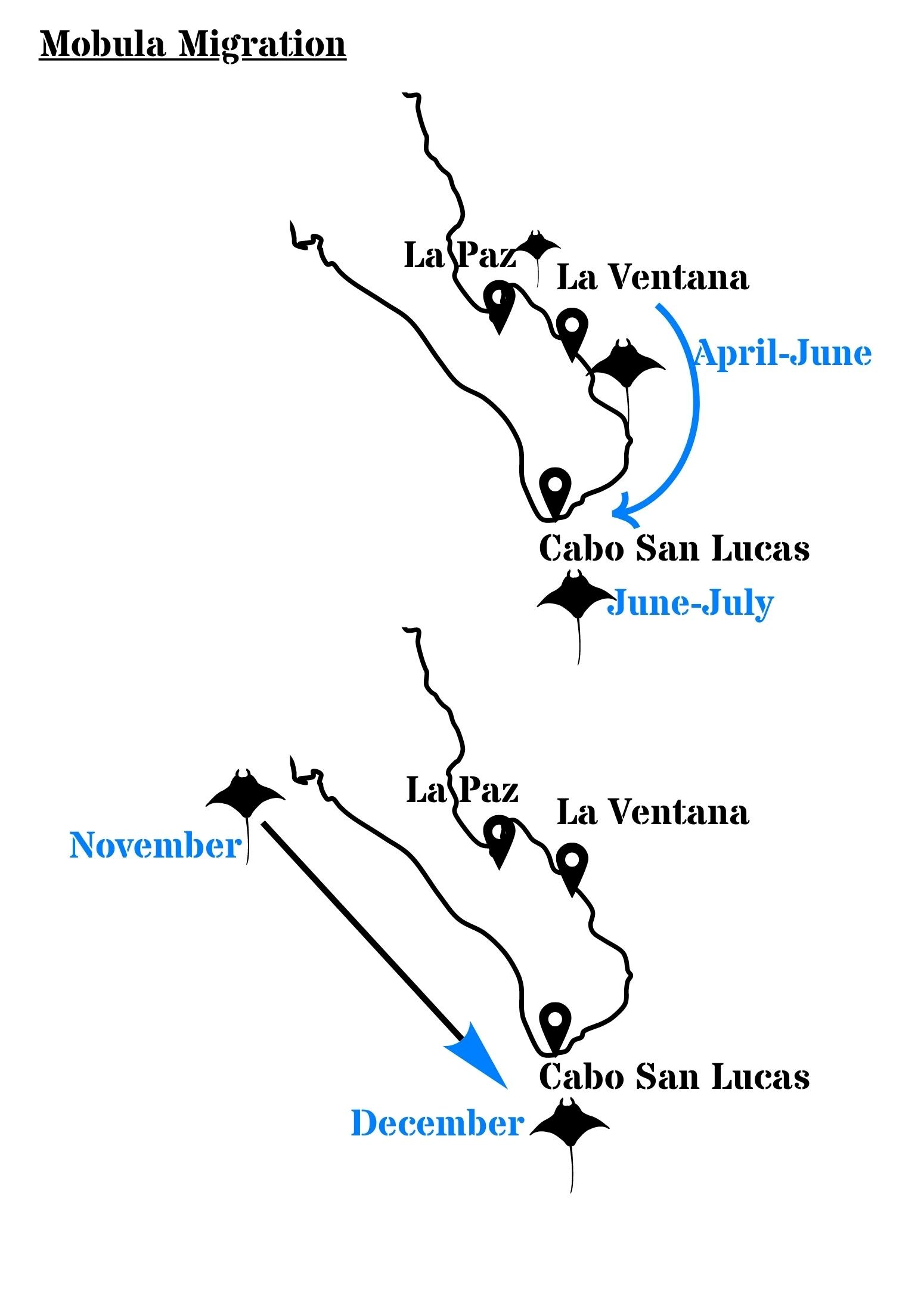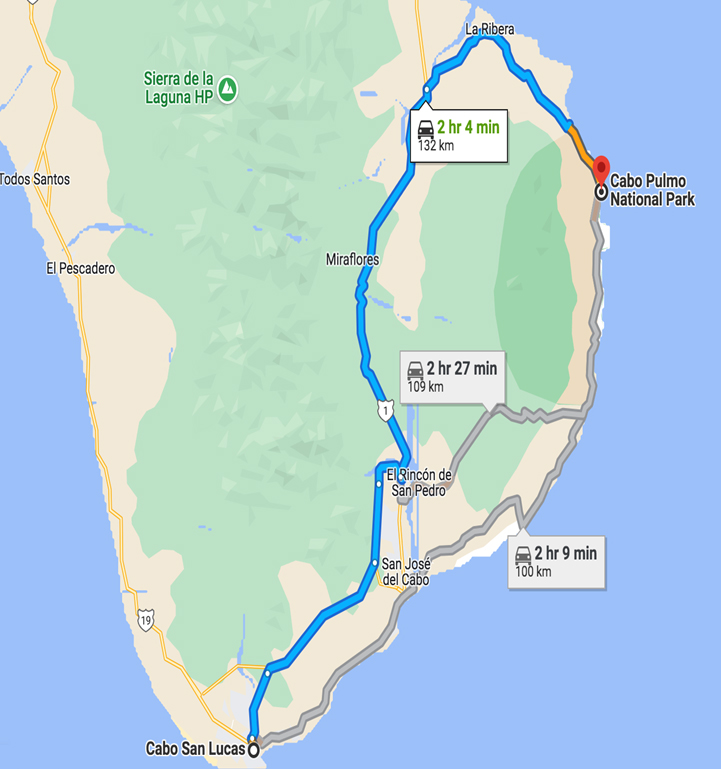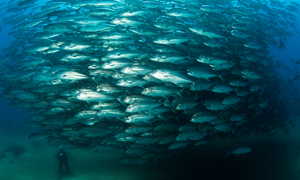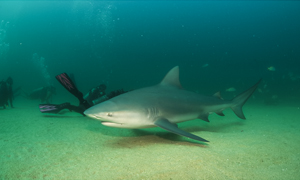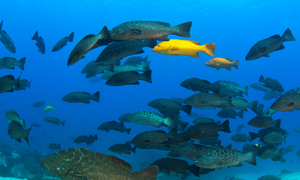Sharks In Cabo:
Why are there so many sharks in Cabo San Lucas.
by David Valencia
Each year thousands of divers and underwater photographers from all over the world come to experience a variety of incredible shark species. There's a season for everything and there are plenty of opportunities to see sharks that are very rare to see in any other place in the world!

A little known fact is that Cabo San Lucas and its surrounding waters in the Sea of Cortez and the Pacific are shark-filled. Consider the unique geography of it's location situated between the south bound California Countercurrent and the north-bound North Equatorial Current, along with deep water that is very close to shore and you have a prime habitat for marine life and sharks. Warm water meets cooler water at the junction of Cabo San Lucas and creates a nutrient-rich environment. The ample amount of nutrients in the water provides a great environment for plankton which provides food for fish and invertebrates and on up the food chain to sharks.
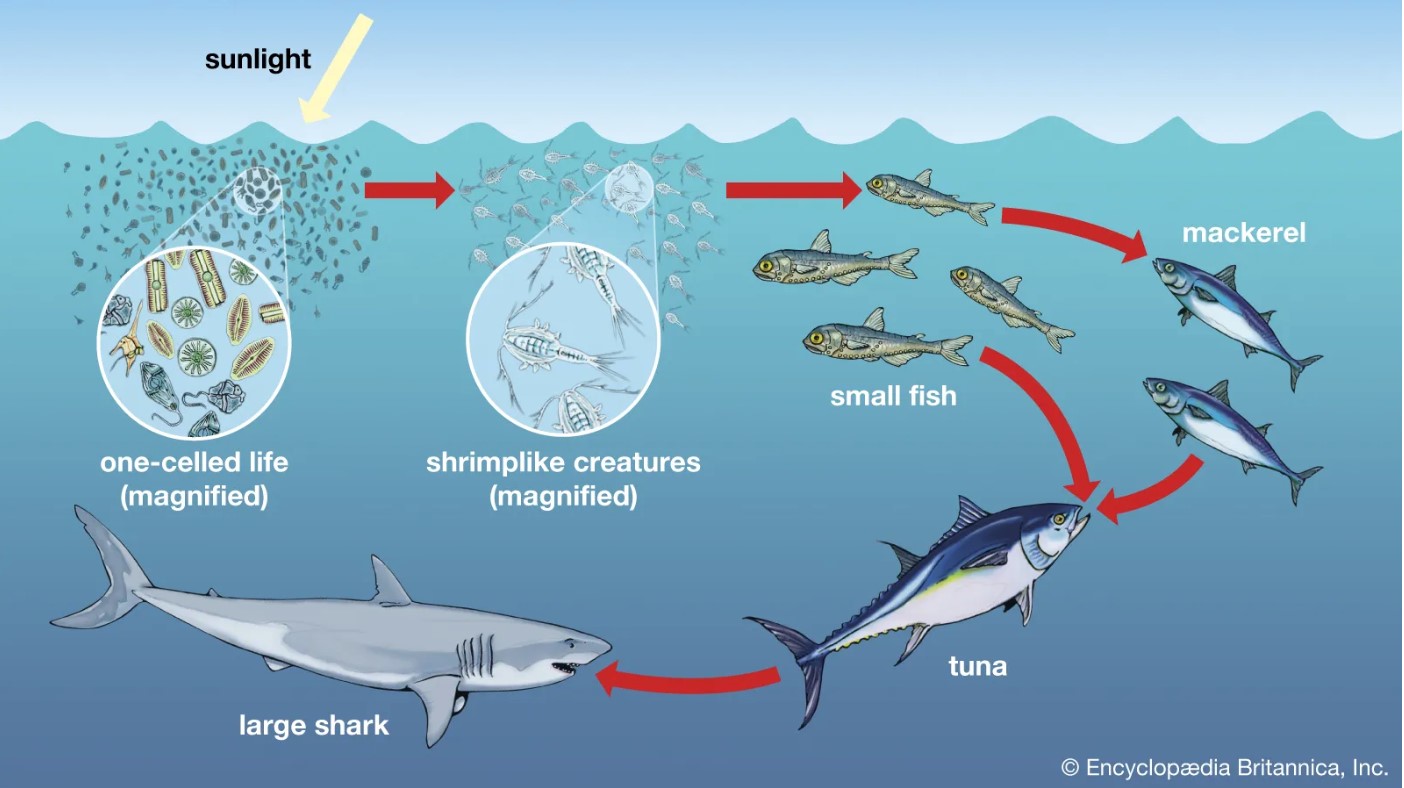
A variety of pelagic (open ocean) shark species utilize the waters of Cabo San Lucas. As the water temperatures change, so does food availability and so do the shark species. Included here is a shark calendar that shares when each shark species can be found on our Cabo Shark Snorkel. Of course, nature can change and we have been know to have a few surprises out there.

On our shark tours, we encounter Silky Sharks, Mako Sharks, Blue Sharks and Smooth Hammerheads. Each shark species has their season but as you can see from the shark calendar that there is some overlap in seasons and in those times we can find multiple species at one time. Check back to find when is the peak season for each species for Cabo Shark Dive!
